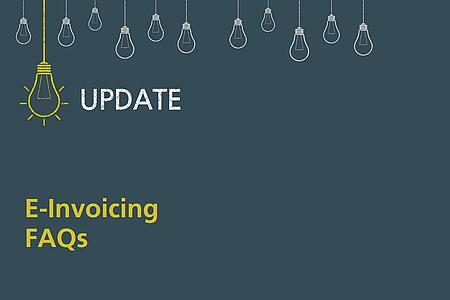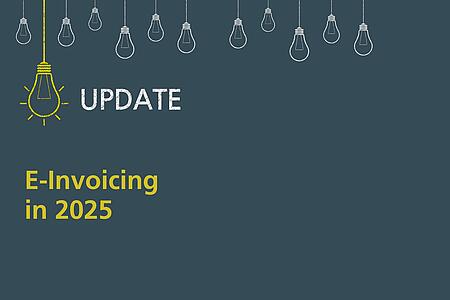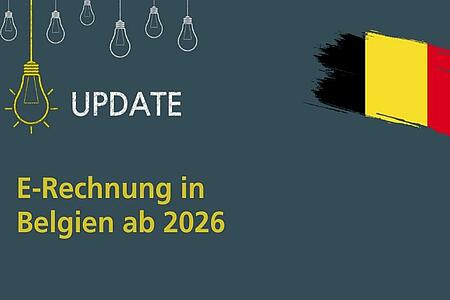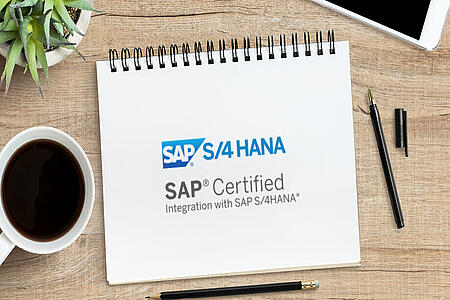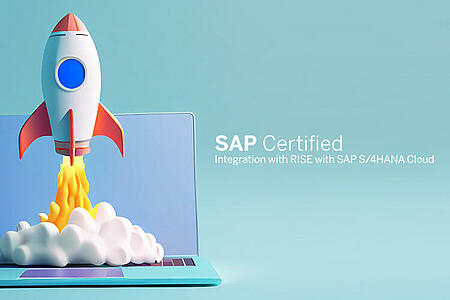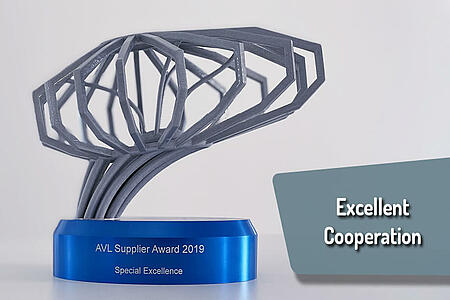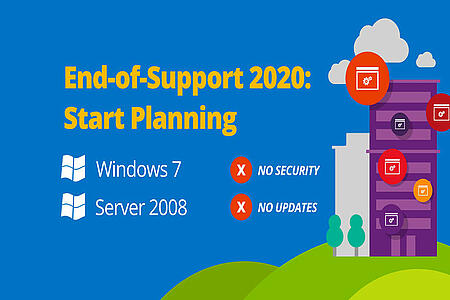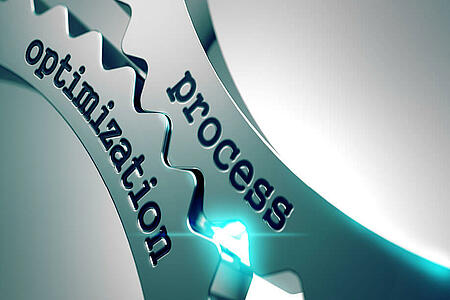
3 Ways to Enter Your Sales Orders Digitally in SAP: OCR, EDI, Webshop
Table of contents
- 1. Smart data recognition: OCR
- OCR and AI work as a team
- Conclusions OCR:
- 2. EDI or non-EDI?
- Conclusions EDI:
- 3. Webshop
- Conclusions webshop:
Imagine a large manufacturing company dealing with the following challenges in sales or customer service on a daily basis:
- Hundreds or even thousands of incoming sales orders.
- Multiple entry channels such as e-mail PDF, EDI, fax, paper and webshop.
- No central digital capture of order data.
How long do you think it will take to enter sales orders into SAP for further processing under these circumstances?
Exactly! Way too long. This is because employees have to manually validate all incoming transactions, in other words: sifting, sorting and forwarding. The monotonous typing of data into the SAP system is also an avoidable resource hog these days.
Nevertheless, manual, non-digital processes are still part of everyday work in many companies.
In addition to a lack of transparency and time for customer care, delays in order processing also impact the information flow of other sub-processes, such as procurement, inventory management, or manufacturing.
3 ways to digital sales orders in SAP
To speed things up, it is important to harmonize the different order entry channels. That alone allows for a centralized, digital order entry process. When it comes to capturing order data, several paths also lead to digital efficiency.
1. Smart data recognition: OCR
Optical Character Recognition (OCR) provides one option for digital order entry. OCR, or optical text/character recognition, stands for automated text identification within images and documents. Regardless of the input medium, the technology recognizes, among others, the order date, customer number, material number or quantity and price.
It is completely irrelevant how the incoming purchase order is structured. The higher the number of documents, the faster the use of OCR technology pays off. This is because the documents are trained in such a way that the recognition quality increases continuously.
OCR and AI work as a team
OCR can also be optimally integrated with artificial intelligence (AI). An intelligent recognition solution recognizes and learns patterns from documents that have already been processed. Based on this, the AI continuously adjusts and optimizes its extraction algorithms.
The white paper Outsourcing & Digitization provides deeper insights into this topic. It includes a comprehensive excursus on the topic of OCR, its challenges and opportunities.
Conclusions OCR:
OCR is one of the most common methods to facilitate central data capture. With OCR training and machine learning, the existing high-quality recognition can be improved even further and optimally adjusted to the incoming orders.
2. EDI or non-EDI?
Electronic Data Interchange (EDI) replaces documents with electronic data which are exchanged in a standard format. As a result, both sender and receiver can read a message exactly the same way.
At first glance, this seems to be the solution to all format problems, and in fact, many companies are moving toward a seamless EDI strategy.
Nevertheless, the decision to rely completely on EDI is usually not realizable since the participation rate on the customer side is often too low for many companies. In addition, the implementation and the EDI mapping to own customers are associated with high technical effort.
Conclusions EDI:
If it were possible to rely completely on EDI, this solution would probably be the best for incoming orders in theory. In practice, it depends on many external factors whether a company succeeds in doing so. Many companies with a high proportion of incoming sales orders via EDI still have a high residual volume that arrives by paper, fax or e-mail PDF. Therefore, EDI should only be seen as one entry form of a customer order, which needs to be harmonized centrally with the other entry channels.
3. Webshop
A webshop is already state-of-the-art in the business-to-consumer (B2C) sector. For corporate customers from the business-to-business (B2B) sector, the webshop, if it exists at all, is not always the most convenient order channel. This is because many customers run their own ERP and merchandise management systems, for example, and are then reluctant to enter a purchase order a second time in the webshop.
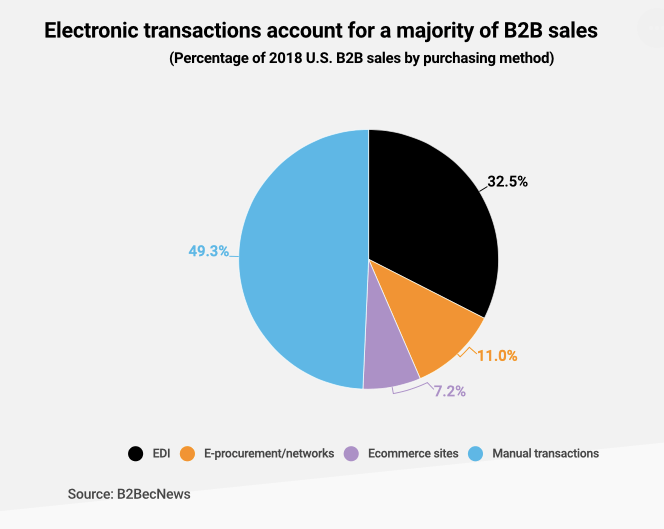
But this will change in the future, because B2B purchasing is also characterized by B2C purchasing experiences.
Conclusions webshop:
Depending on the industry and the type of company, a webshop is part of customer service - sooner or later it will also come down to webshops in B2B. Currently, the webshop is still to be seen as a separate purchasing channel alongside others. This means that the data from the webshop should also be harmonized and centralized with the data from other entry channels as soon as it is collected.

